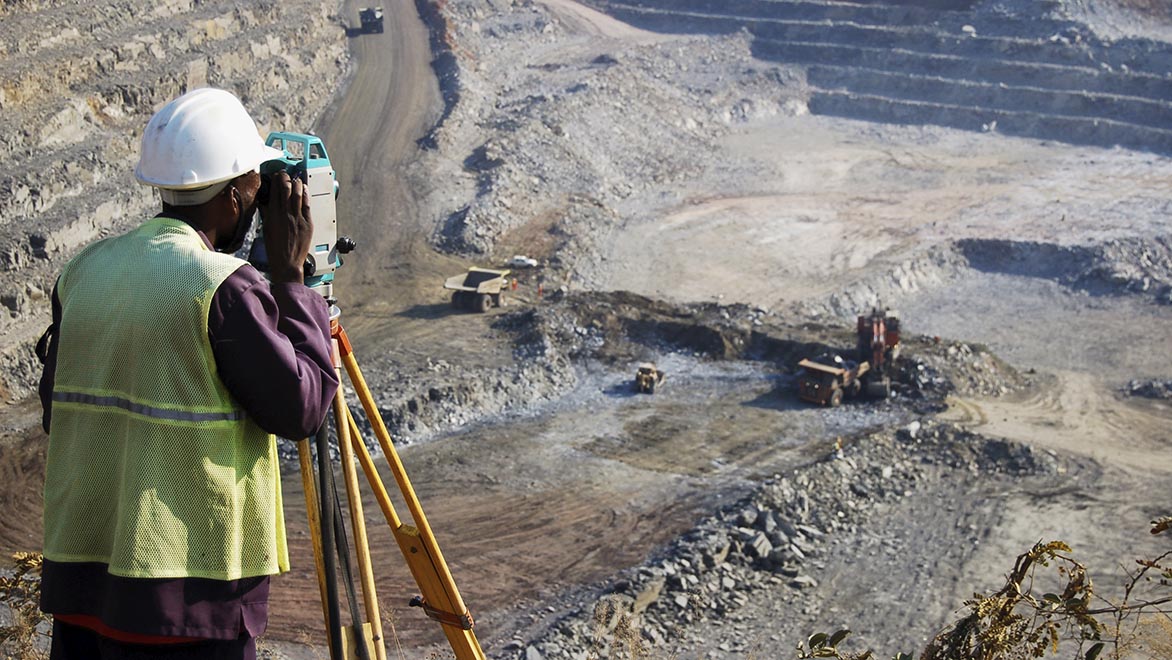The Best Guide To Geotechnical Engineering For Construction Projects
Table of ContentsGeotechnical Engineering For Construction Projects Fundamentals ExplainedGeotechnical Engineering For Construction Projects - An OverviewSome Ideas on Geotechnical Engineering For Construction Projects You Should KnowGetting The Geotechnical Engineering For Construction Projects To WorkFascination About Geotechnical Engineering For Construction Projects10 Easy Facts About Geotechnical Engineering For Construction Projects Described
These functions have to be analyzed by geotechnical engineers to anticipate their activities under different conditions., making this analysis necessary.A geotechnical designer will certainly check out dirt to figure out the bearing capability of the earth and suggest proper structure types, such as superficial foundations, deep structures like heaps, or specialized solutions like drifting structures for soft dirts. Comprehending the functions and activities of soil and rock, along with how they connect with constructions that have actually been set up on or within them, is among the main explanations for why geotechnical engineering is essential.
Ecological defense is accomplished via geotechnical engineering. Knowledge in air, water, and dirt quality maintenance is put to make use of by geotechnical designers to reduce the unfavorable effects of jobs.
To sum up, geotechnical design is a crucial discipline that preserves the resilience and integrity of civil framework. Geotechnical engineers add to making structure jobs effective all over the globe by recognizing the behaviour of planet materials and applying ideal planning methods.
Facts About Geotechnical Engineering For Construction Projects Uncovered
The fundamental security of any kind of project is critical. Geotechnical design plays a vital function in ensuring that structures are constructed on strong ground, literally and figuratively. By analyzing soil, rock, and subsurface problems, geotechnical designers supply crucial insights that assist in the design, building, and upkeep of structures and facilities.

What Does Geotechnical Engineering For Construction Projects Do?
Lab testing: Figuring out the homes of dirt and rock. Numerous prominent building and construction projects have successfully used geotechnical design to guarantee their security and safety.

As a leader in geotechnical engineering, BECC Inc. is devoted to delivering ingenious and reliable options that meet the greatest criteria of top quality and safety. To learn more on how BECC Inc. can sustain your next construction task, call us today and allow us assist you improve solid ground.
William Rankine, a designer and physicist, established a different to Coulomb's earth pressure concept. Albert Atterberg developed the clay uniformity indices that are still utilized today for soil classification. In 1885, Osborne Reynolds identified that shearing reasons volumetric dilation of thick materials and tightening of loose granular products. Modern geotechnical design is said to have actually begun in 1925 with the publication of Erdbaumechanik by Karl von Terzaghi, a mechanical designer and geologist.
Geotechnical Engineering For Construction Projects Fundamentals Explained
Terzaghi likewise developed the framework for concepts of birthing ability of foundations, and the theory for prediction of the rate of settlement these details of clay layers due check this to combination. Later on, Maurice Biot fully developed the three-dimensional soil loan consolidation concept, expanding the one-dimensional design formerly developed by Terzaghi to much more general hypotheses and presenting the collection of basic formulas of Poroelasticity.
Geotechnical designers investigate and determine the residential or commercial properties of subsurface conditions and materials.
Getting My Geotechnical Engineering For Construction Projects To Work
Geologic mapping and analysis of geomorphology are generally finished in examination with a rock hound or engineering rock hound. Subsurface expedition usually includes in-situ testing (for instance, the conventional infiltration examination and cone penetration examination). The excavating of examination pits and trenching (particularly for finding faults and slide planes) might also be utilized to learn more about dirt conditions at deepness. Still, they are often used to allow a geologist or designer to be lowered right into the borehole for direct visual and hand-operated exam of the dirt and rock stratigraphy. Various soil samplers exist to satisfy the needs of various engineering jobs. The basic penetration examination, which makes link use of a thick-walled split spoon sampler, is one of the most typical way to accumulate disrupted examples.

Typically, the user interface's precise geometry is unknown, and a simplified user interface geometry is assumed. Limited inclines require three-dimensional versions to be assessed, so most inclines are evaluated thinking that they are infinitely vast and can be represented by two-dimensional versions.
The Definitive Guide for Geotechnical Engineering For Construction Projects
Developing the design based on a functioning hypothesis of actions prepared for under the most possible problems. Option of quantities to be observed as building and construction profits and calculating their prepared for worths based on the working hypothesis under the most negative problems.
Dimension of quantities and assessment of actual problems. Design modification per real problems The observational method appropriates for building that has actually currently started when an unanticipated development occurs or when a failing or crash looms or has already happened. It disagrees for projects whose layout can not be modified throughout building and construction.